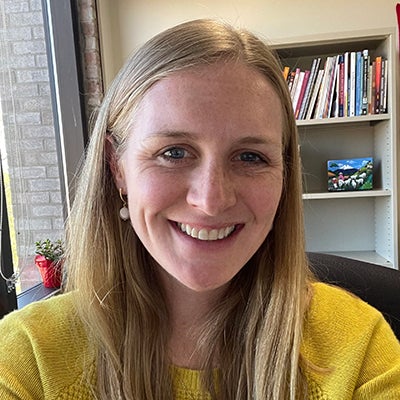The Research
Hamman-Ortiz, L. (2024). “Cultivating a critical translanguaging space in dual language bilingual education.” International Multilingual Research Journal, 18(2), 119-139.
Abstract
An area of ongoing debate among bilingual scholars and practitioners is the extent to which instructional languages should be separated in dual language bilingual education (DLBE). This article contributes to and extends this effort by proposing critical translanguaging space as a conceptual lens to guide the design of translanguaging pedagogies in DLBE programs. This concept is grounded in spatial understandings of languaging and learning, and comprised of three interrelated dimensions: (1) dynamic languaging, (2) heteroglossic ideologies, and (3) critical consciousness.
After outlining these central tenets, I concretize this approach through a case study of a researcher-practitioner collaboration aimed at fostering a dynamic languaging space in a DLBE classroom that had previously enforced strict language separation. Findings reveal the ways in which this project reflected the aims of a critical translanguaging space, including by affirming students’ dynamic bilingual repertoires and identities, reframing linguistic expertise, fostering practice-based understandings of bilingualism, and creating opportunities for interrogating issues of equity.
At the same time, the project fell short of cultivating students’ critical consciousness, as critical inquiry was largely relegated to students’ small group conversations. I conclude with a discussion of findings and implications for future efforts at fostering critical and flexible bilingual learning spaces.
Application in Process
- The critical translanguaging space framework offers guidance to educators and researchers for how to conceptualize and operationalize translanguaging pedagogy in bilingual learning spaces, making an important contribution to ongoing debates in the field.
- The collaborative bilingual identity text case study provides a strong example of how to enact meaningful translanguaging pedagogy in practice that educators of bilingual learners can take up in their own teaching contexts.

